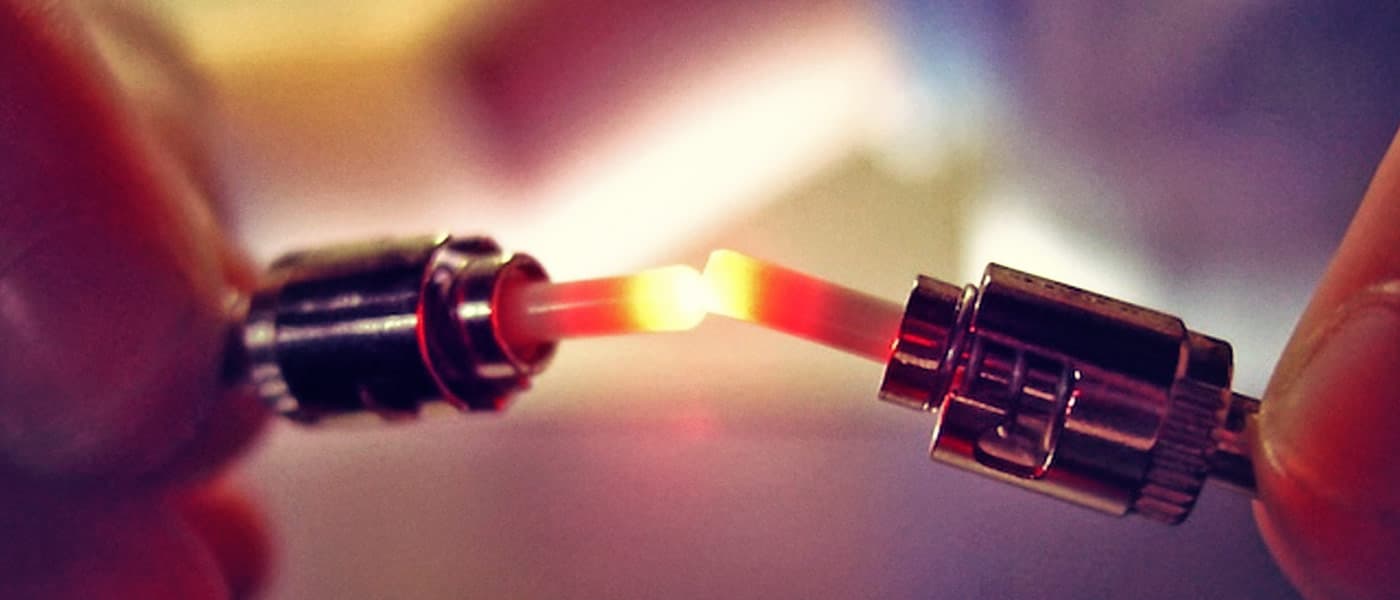SPEEDING THINGS UP
Researchers from Hiroshima University who are working with the Panasonic Corporation have announced that they have developed a terahertz (THz) transmitter that could sustain data transfers of ten gigabits per second over multiple channels at around 300 GHz. The total data transfer rate of the transmitter exceeds one hundred gigabits per second.
The transmitter is in the form of a silicon CMOS integrated circuit, a type that would allow it to be easily adapted and used for commercial and consumer use.
This could open a new frontier in wireless communication, as this technology's data rates is easily ten times than that currently used. Details were presented at the "International Solid-State Circuit Conference (ISSCC) 2016," held in San Francisco, California.
An advantage of this new development is its utilization the THz band, as this band has not been exploited for wireless communications. The frequencies that it can use are also higher than that for millimeter-wave networks, which only covers 57 GHz to 66 GHz in contrast to the transmitter's 275 GHz to 305 GHz. It also has a much wider available bandwith.
All of these factors make the new transmitter suitable for ultrahigh-speed communications.
As of the moment however, no standards nor protocols governing the use of the THz band exists. It will instead be discussed at the World Radiocommunication Conference (WRC) in 2019 under the International Telecommunication Union Radiocommunication Sector (ITU-R). So that puts a bit of a damper on things, but only a slight one.
Currently, most wireless communication technologies use lower frequencies (5 GHz or below) and uses high-order digital modulation schemes, such as quadrature amplitude modulation (QAM), to improve data rates (given the limited bandwidths available). The research group has demonstrated that QAM is also feasible at 300 GHz with CMOS indicating that THz wireless technology could also provide a boost wireless communication speed.
REMOVING THE FIBER FROM FIBER-OPTICS
"Now THz wireless technology is armed with very wide bandwidths and QAM-capability. The use of QAM was a key to achieving 100 gigabits per second at 300 GHz," said Prof. Minoru Fujishima from Hiroshima University.
"Today, we usually talk about wireless data-rates in megabits per second or gigabits per second. But I foresee we'll soon be talking about terabits per second. That's what THz wireless technology offers. Such extreme speeds are currently confined in optical fibers. I want to bring fiber-optic speeds out into the air, and we have taken an important step toward that goal," he added.
Their next step is to develop 300-GHz ultrahigh-speed wireless circuits.
"We plan to develop receiver circuits for the 300-GHz band as well as modulation and demodulation circuits that are suitable for ultrahigh-speed communications," said Prof. Fujishima.
Share This Article
